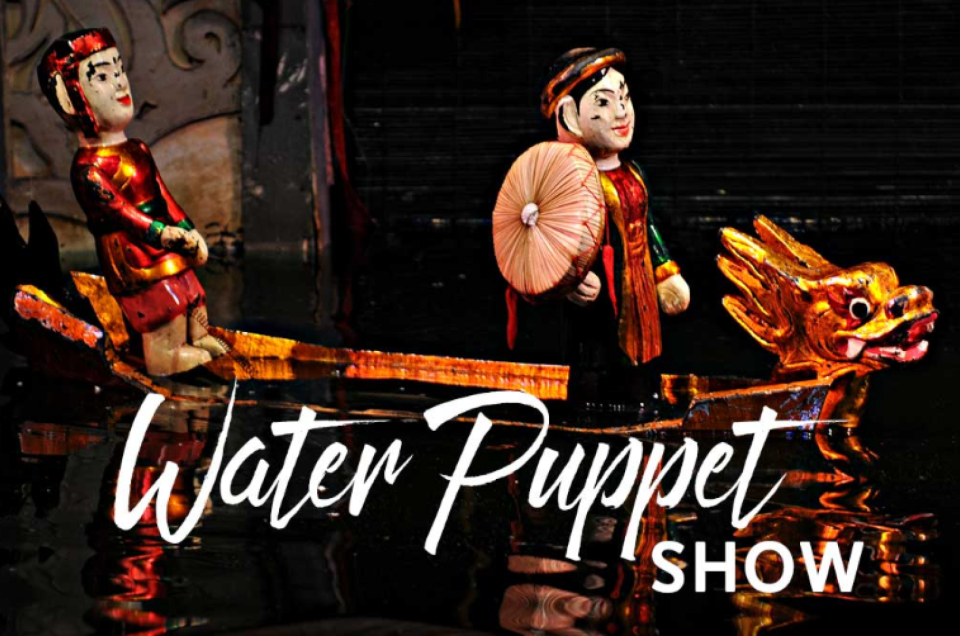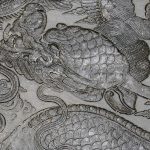People aren’t sure when water puppetry came into existence, as its origins are deeply rooted in lowland villages, growing from the daily lives of the common people. Legend has it that water puppetry dates back to the 11th – 12th century. Over time, water puppetry grew increasingly popular and was perfected thanks to the contributions of many generations. From the simple stage of a pond before a village’s communal house, generations of water puppet artists were born. They kept performing and teaching their trade, so that the next generation could follow in their footsteps and keep this art alive until the present day.

Water puppetry was often performed during village festivals and on holidays, when the villagers had finished their farm work and could join the fun in the village’s communal house. Later, water puppetry was brought to the city and into theaters. While the puppeteers still stood behind a screen, the performances’ atmosphere and scale were very different.
Puppetry is a unique combination of visual art and performing art. To perform water puppetry, artists must set up a puppet house on the village’s pond. With curved pagoda-style roofs, a bamboo screen, flags, parasols, gates, etc., this house creates a lively stage. Nowadays, puppet houses are set up inside theaters and eco-tourism complexes, with an artificial lake forming the stage. Village audiences gather around in no particular order to watch the performance. Urban audiences take a seat to enjoy the show. Village audiences watch the performance in nature while urban audiences enjoy the show in cool air-conditioned rooms. Although the performance spaces differ, the performers and artisans still try to convey the most distinctive features of this Vietnamese folk art to the audience.

Water puppetry differs from other common types of puppetry, including hand puppetry, rod puppetry and string puppetry, because the puppeteer uses a system of rods and strings to control the puppet and move it at his or her will. This control requires masterful skills to ensure the puppet’s movements are smooth and match its lines and the music, which helps to convey the character’s spirit.
The puppets are made from fig wood, a lightweight wood that can float on water. They are made to look fun with vibrant and familiar colors. Sounds and lights are two important elements in the success of a water puppet performance. Water puppetry must be accompanied by the sounds of musical instruments, singing, drums, flutes, horns, and even fireworks to deliver the full experience. Music and sounds are used to set the beat, rhythm, and atmosphere of the performance. When the water puppets glide to a chèo melody or a traditional folk song, everything comes to life and the audience is transported to a traditional village in the Red River Delta.

Amidst the dizzying pace of modern life, water puppetry lives on. Besides performances at festivals that have become customary in many villages, many water puppetry shows attract audiences nationwide, especially small children and foreigners. Youths have the chance to access a traditional folk art, while foreigners can experience another distinctive cultural feature of Vietnam. However, people who are passionate about water puppetry have higher expectations; being able to preserve this art does not mean we are developing it. Development here does not just mean increasing performance locations or the number of performances, or selling more tickets, but digging deeper creatively and exploring and promoting the inherent values of water puppetry built by previous generations. People who love the art of water puppetry, performers, and puppet-makers have always worried about how to preserve this uniquely-Vietnamese traditional art form.





